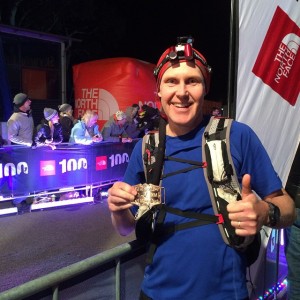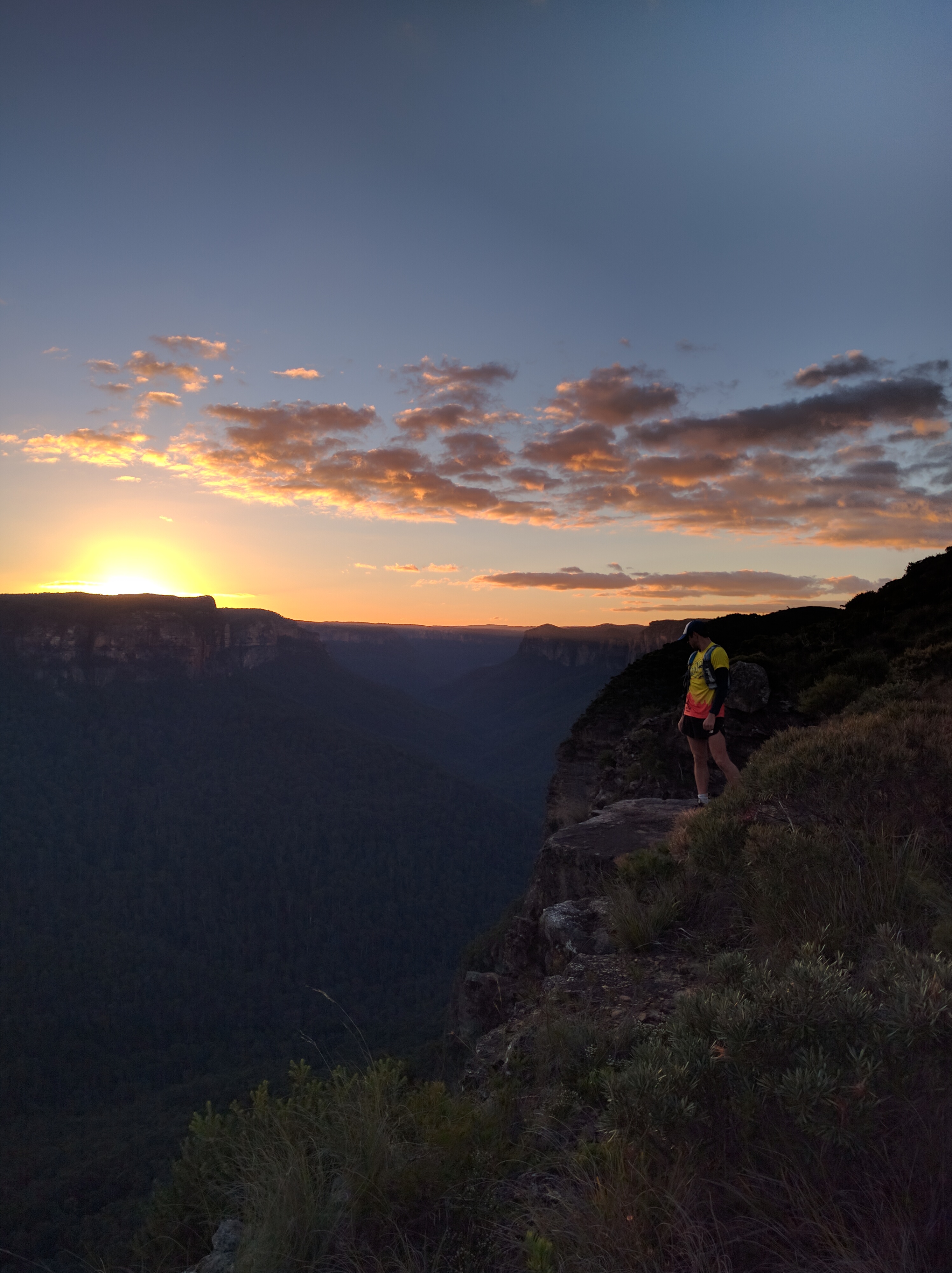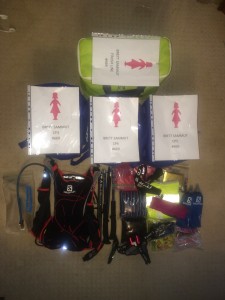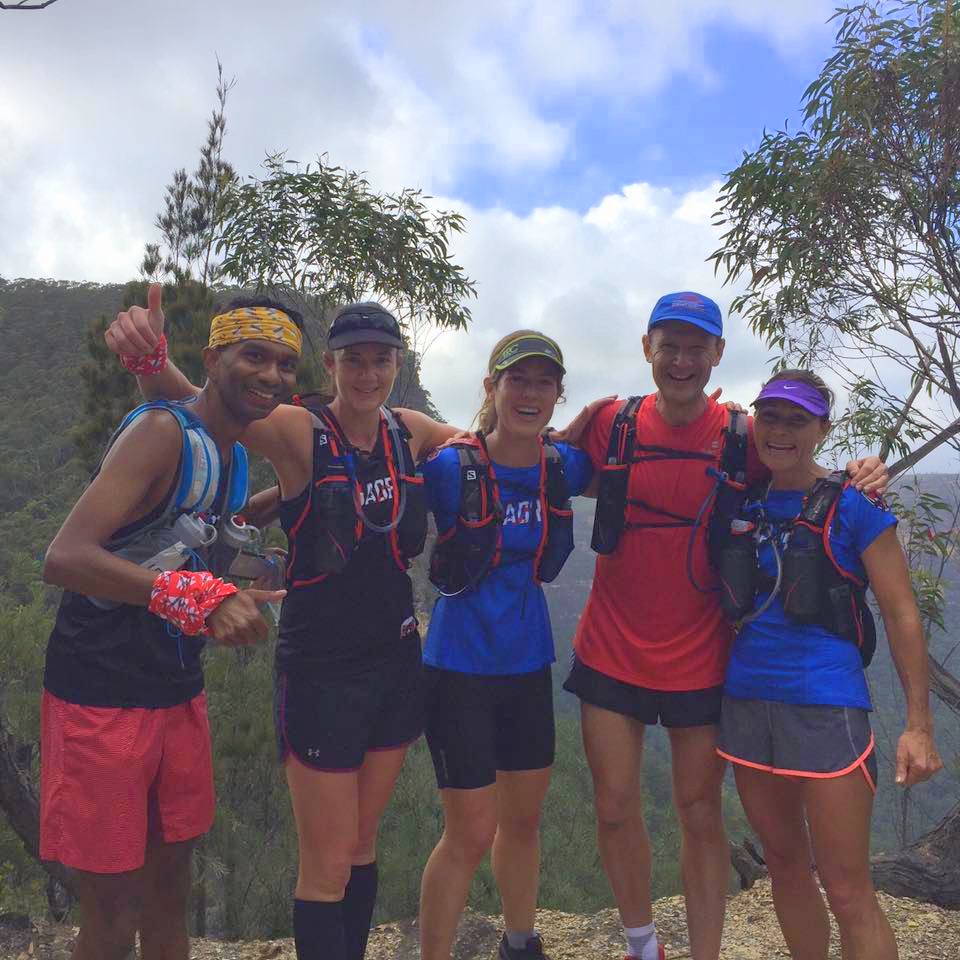Ultra Trail Australia is drawing near and tapering is upon us.
Taper you ask? What is this mythical taper?
Many athletes would love a bit of guidance in this area. To this end SQUADRUN has compiled the following post to help you get it right. This article is a culmination of advice from our athletes post ultra and own personal experience. Thanks to all of those who have contributed their ideas and experiences.
WHAT TO DO:
A couple of weeks before:
There is little that can be done about pure physical development and from an aerobic capacity perspective – the training has been done. Start preparing mentally and consider ‘all the small things’ that you can do between now and then to ensure you can execute a good race.
- Start to visualise yourself at different parts of the course. Think about how it is going to feel while you are there. Think about what time of day it is. Think about how you will be moving then. Understand that there will come a time when the going will be tough and it wont be easy but rest assured the finish line won’t get any further away. Keep moving relentlessly towards it and you will get there.
- Let your supporters know what you want or need at different times. Apologise in advance for how you may potentially behave, we have heard many stories of diva or toddler like behaviour from Ultra runners. Be grateful for their love and support.
- Think about gear and drop bags, and what you want where. Be prepared and pack your drop bags smartly. A change of shoes, t-shirt or socks can help keep you feeling fresh both physically and mentally. Put some spare food, electrolytes or treats to look forward to in them. If you don’t use it then it all ends up back in your hands post-race anyway and you don’t have to carry any of it so make the mos
 t of these! *That being said make sure that you DO carry all of your ‘must haves’ with you. If you NEED a certain type of gel or electrolyte don’t rely on it being at an aid station, carry it with you or have a good crew on hand at the right time to help.
t of these! *That being said make sure that you DO carry all of your ‘must haves’ with you. If you NEED a certain type of gel or electrolyte don’t rely on it being at an aid station, carry it with you or have a good crew on hand at the right time to help.
**Drop bag Pro-tip make them unique (spoilt it now) and they will be far easier to find. Our athletes have been known to use interesting bags made from an old tyre or these awesome Disney examples!
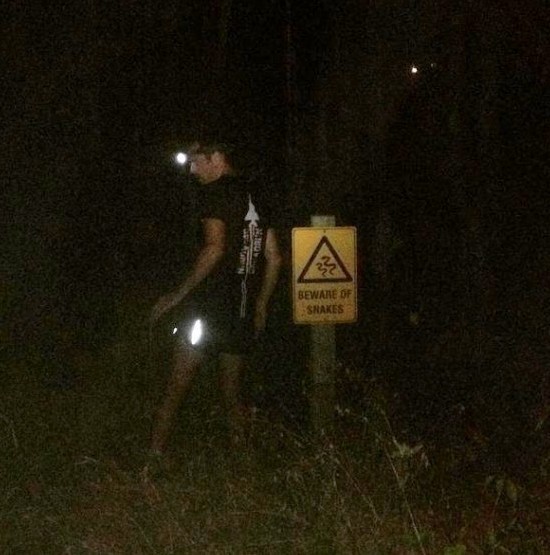 Invest in a good headlamp. If you are going to be running in the dark it makes a massive difference to actually be able to see what you are doing. If the terrain is difficult under-foot consider an additional hand-torch to offset the lighting source and enable a better ‘3D’ perspective to upcoming obstacles.
Invest in a good headlamp. If you are going to be running in the dark it makes a massive difference to actually be able to see what you are doing. If the terrain is difficult under-foot consider an additional hand-torch to offset the lighting source and enable a better ‘3D’ perspective to upcoming obstacles.- Have reliable gear, know how it works and know that it will see you through. Test your gear. Train with it. Know how to use your head torch before you need it. You’d be surprised by the number of people who arrive at Queen Vic having never previously turned their head lamp on.
- Practice your fueling and hydration strategies prior to the race (this includes pre-race meals as well).
- Buy some Striderm / Bodyglide, or other anti-chafe, and keep those tender bits chafe free. Chaffing isn’t fun but is such a common occurrence and is so easily preventable. Hypafix/ Fixamull is also a great way to prevent rubbing. Cover it in vaseline, and you can save yourself a burny, screamy shower post race.
Taper Nutrition:
So much can be covered off here but the key points are:
- Don’t make drastic changes to any existing strategy you are familiar with (‘nothing new on race day’ concept)
- KISS (Keep is super simple)
Most of the sporting world has moved away from the ‘Pasta Party Thursday’ concept. “Fat Friday” can be a lot of fun but you’re more likely to wreck your digestive system and derail an important nights rest with a diabetic coma than you are to actually add quality glycogen to your body for race day. There is some proven benefit in a carbohydrate restriction and aggressive depletion run 3-4 days prior to race day with the theory that it will stimulate glycogen synthetase so you can binge heavily Thursday/Friday and shock-load glycogen storage for race day however the ‘aggressive depletion’ activity is taper-week-suicide. We recommend continuing with your normal diet with a slightly increased focus on carbs in your taper week. The reduction in training load will mean you’ll gradually be storing fuel in the form of fat and glycogen throughout the final week.
Day before:
- Check you have all of your gear. Do the whole ‘flat runner’ thing
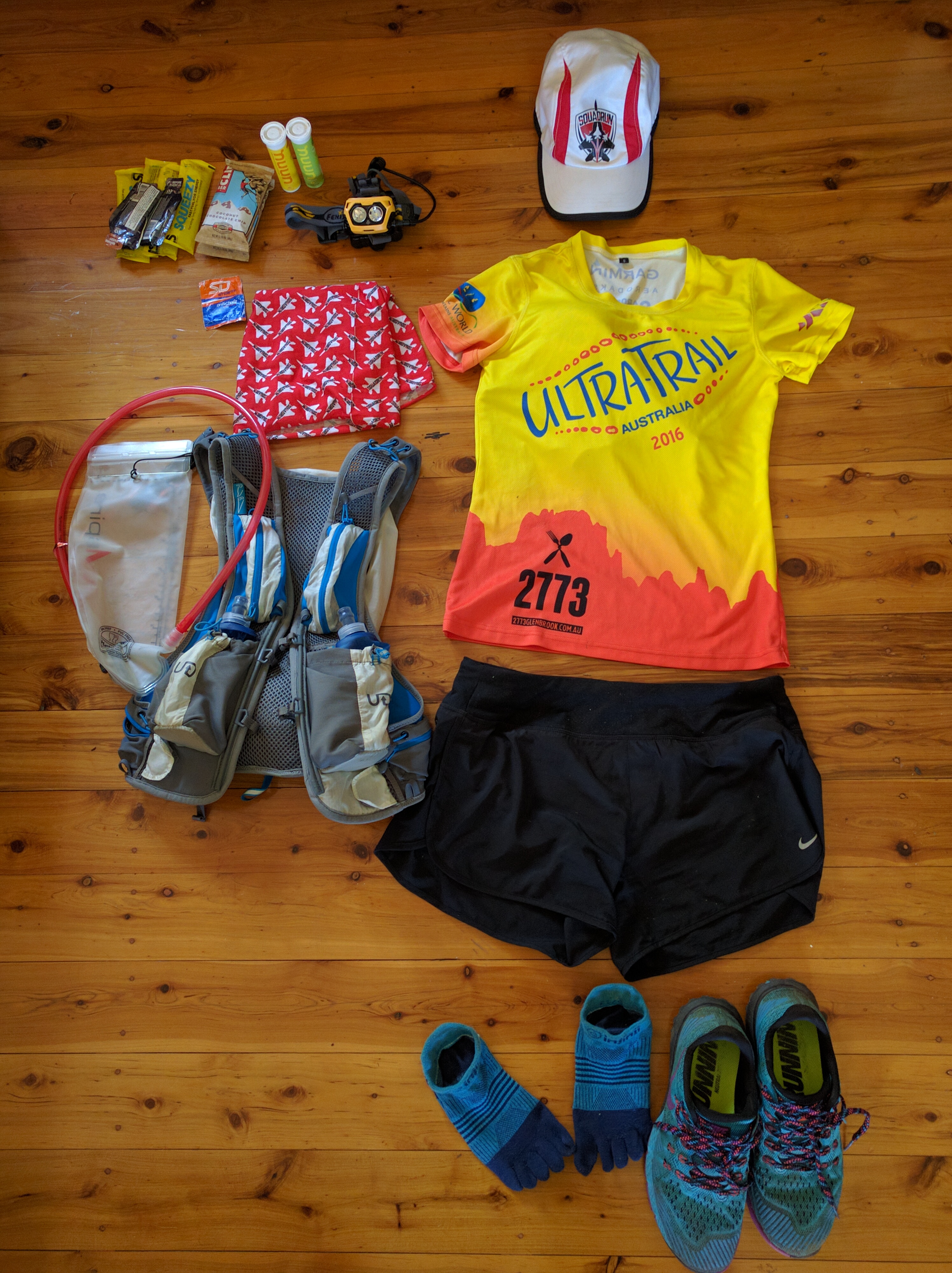
- Ensure that your bag is well packed and that things are easy to access.
- Hydrate, drink water and electrolytes and avoid alcohol (save it for the post race celebrations).
- Keep off your feet as much as possible. You are about to spend a good amount of time on your feet. Save those legs for tomorrow. Bruce Fordyce used to lock himself away in his hotel room for a movie binge the day prior.
- Trust in your training. Ignore those pre-race doubts and know that you have done the best that you can do and that you will do your darndest to get there! Often the only person who thinks that you CAN’T do it is you. So give yourself a stern talking to and tell yourself ‘I’ve got this’.
Race Day Breakfast:
Precautionary statement – NOTHING NEW ON RACE DAY! Your coach has drummed this into you with all those long-run and ‘super sunday’ preparations.
So much science here so a hyper-summarized (K.I.S.S) version of many thousands of hours of research courtesy of Noakes/Costill/Hargreaves (et al.) follows,
Overnight your liver glycogen will dip fairly significantly however your muscle glycogen will not. Top up this shortfall with a carbohydrate-rich breakfast 3hrs prior to race start. The 3hrs thing is important as cortisol levels are high after rest so your body will respond sharply to breakfast with an insulin spike which impacts lipid mobilisation which is part of the ‘fat-burning’ mechanism you’ll be relying so heavily on throughout the day. For some this will equate to a very early wake-up. I know many successful athletes that implement this by rising early, eating breakfast, then return to bed (or meditation).
During the Race:
Fueling:
We’ve been very lucky to spend a lot of time with specialists in this field and love some of the summarized information conveyed by running legend and world champion Hanny Allston (FindYourFeet)
Every 30-45 minutes put some fuel in.
Ideally rotate Gel, Gel, Solid. Make your solid around 1/2 an energy bar (Cliff etc). Use quality gels and avoid stimulants.
- Know the difference between a stimulant and a fuel. Caffeine is a stimulant, not a fuel. Red Bull is full of stimulants. It also has fuels (low quality) but that which makes you feel alive isn’t fuel, it’s stimulant. Stimulants are often diuretics so save them for late in your race.
- Your body will access GLUCOSE easiest. Don’t make your digestive organs work to access your sugars. Don’t complicate your sugars. Sucrose (white sugar, candy etc) is hard to get to. Fructose (fruit sugars) can also be difficult to access and typically comes with fibrous plant material that may put you in the bushes more than you want.
- Electrolytes +Salt – little and often. Easiest with fluids.
- Watch out for things you don’t need that may have a negative effect. Most ‘fuels’ come laden with a cocktail of ingredients. The ones you actually need are on a short list. More is not more, eg Magnesium can cause upset stomachs or diarrhea. Is the claimed benefit of special ingredient-x worth the risk?
- Compulsory gear, have it!
- Smile for the photographers. This is (for some) a once in a life-time achievement. Ham it up for the camera.
- Hydration wise, everyone is different, the best advice is little and often. It varies upon sweat rates and intensity as well as temperature and humidity. One thing that you definitely don’t want to do is to overdo it. Hyponatremia (excess hydration) is dangerous. This helpful article from Hammer Nutrition has covered hydration in great detail.
- http://www.hammernutrition.com/knowledge/hydration-what-you-need-to-know.299.html
- Pace yourself. UTA 50km runners, when you get to that first hill, ask yourself ‘would I run this at the end of my race?’. If the answer is no then WALK THE HILLS!! Unless you are an elite you should conserve that all important energy to help you get through the end of the race, you still want to have legs that can run Kedumba.
- Expect peaks and troughs, have positive self-talk. One runner suggested getting loved ones to put little notes that you can read at certain places. Another had broken the course up into sections and was running each part for a different person, drawing upon their strengths to see him through.
- Maintain good form, the better you are running (or walking) the happier your body will be.
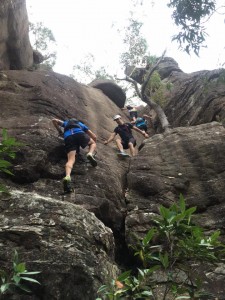
Love the Ladders (differs race day)
- No ibuprofen!
- Enjoy the day, chat to people, take in the amazing scenery and sweet trails, help out others, a kind word can go a long way.
- Say ‘thanks’ to all of the volunteers out there. They’ve given up their time to support you with your endeavours a thank you, a smile, or a wave isn’t hard to do. Be nice, feel nice.
- Baby Steps. Break it down into manageable, achievable chunks. Aim for the next aid station. Thinking about km’s run will in all likeliness make the goal seem too big.
- Stick to YOUR plan. Whether it be nutrition or pace management. The plan has to be specific to you. Don’t get dragged into someone else’s plan or race. Run your own.
Post Race
- Expect to be tired and want to eat ALL OF THE FOOD. You will burn thousands of calories during your ultra, expect to be super hungry!
- You may have swollen feet, they may tingle. This is normal. Put ‘em up for a bit.
- Sleep! Sleep is possibly the most important recovery tool. Many people feel very very tired and others feel wired and can’t sleep. Whichever way you feel, do your best to get as much sleep as possible post race to aid recovery.
- Give it a couple of weeks to celebrate your achievement before you start thinking about running again, and when you do, ease back into it slowly.
- Spend time with all of those people that you may have neglected a bit whilst training for your ultra. Direct your energies into something other than running for a bit.
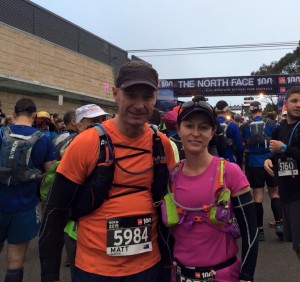
Most of all, enjoy yourself. You are doing something that only roughly 1% of people will do. You are a rockstar.
Good luck, enjoy your race and get out there and show us what you’re made of!
